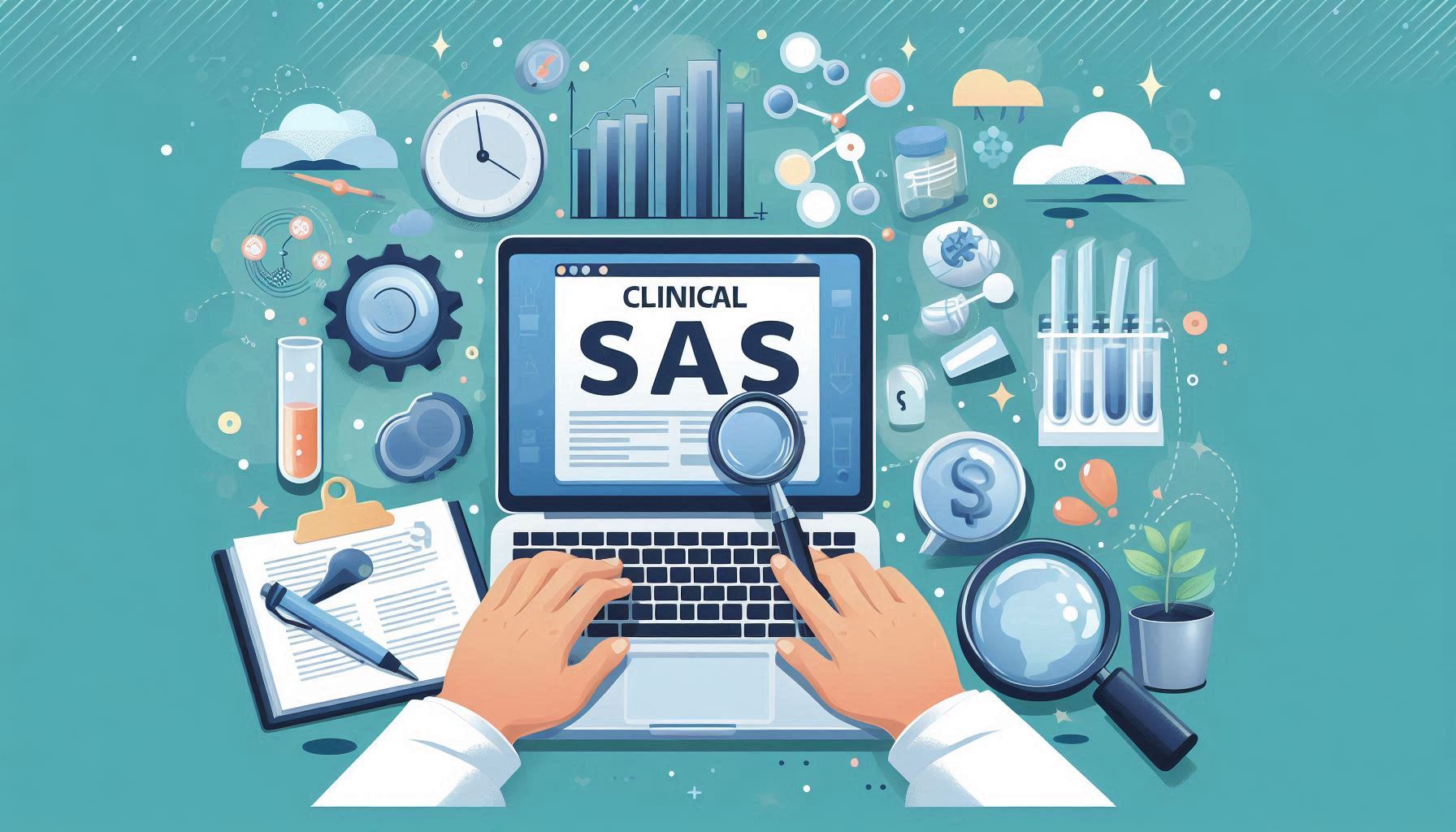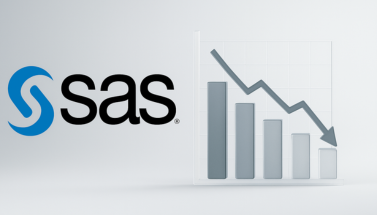
- by Handson
- April 17, 2025
What Is Clinical SAS? A Beginner’s Guide to Launching a Career in Clinical Research Programming
In today’s data-driven healthcare world, Clinical SAS has become one of the most sought-after skills in the clinical research and pharmaceutical industries. Whether you're a fresh graduate or a professional looking to upskill, this field offers excellent career opportunities and global relevance. But before diving in, let’s understand what Clinical SAS is, why it's important, and how you can get started.
What Is Clinical SAS?
Clinical SAS refers to the use of SAS (Statistical Analysis System) software for managing, analyzing, and reporting clinical trial data. It plays a vital role in the development of new drugs and medical treatments by ensuring that clinical data is organized, accurate, and compliant with regulatory standards.
In clinical research, SAS is used to generate statistical outputs such as:
-
Tables
-
Listings
-
Figures
These outputs are submitted to regulatory bodies like the FDA, EMA, or DCGI as part of the drug approval process. Without accurate data analysis and reporting, no clinical trial can proceed toward approval.
Why Is Clinical SAS in Demand?
The global clinical trials industry is expanding rapidly, and with it, the need for professionals who can handle large volumes of clinical data. Pharmaceutical companies, contract research organizations (CROs), and healthcare analytics firms rely on SAS programmers to process and validate data efficiently.
Here’s why it’s in high demand:
-
Regulatory compliance (e.g., CDISC, SDTM, ADaM)
-
Data privacy and audit requirements
-
Accuracy in clinical reporting
-
Timely drug submissions and approvals
How to Get Started: Learn Base SAS First
If you're serious about a career in Clinical SAS, the journey begins with Base SAS programming. This is the foundation for everything else you'll do in the field.
By learning Base SAS, you’ll be able to:
-
Import and export clinical datasets
-
Clean and transform raw data
-
Perform basic and advanced statistical analysis
-
Create reports and summaries for stakeholders
Many professionals make the mistake of skipping this step. But in reality, Base SAS is the core skill every Clinical SAS programmer must master before working on complex trial datasets like SDTM and ADaM.
For a well-structured, practical learning experience, consider enrolling in a Clinical SAS course that covers both Base SAS and real-world clinical applications.
What Will You Learn in a Clinical SAS Course?
A quality Clinical SAS course will take you from beginner to job-ready. Here’s what a typical curriculum includes:
-
Introduction to SAS and Base SAS programming
-
Data step processing and PROC SQL
-
Understanding clinical trial protocols
-
Clinical data structures: SDTM, ADaM
-
Generation of TLFs (Tables, Listings, and Figures)
-
Exposure to regulatory submission guidelines
-
Mock projects based on real clinical scenarios
This combination of technical knowledge and domain understanding makes you job-ready from day one.
Why Certifications Matter
If you're aiming to stand out in a competitive job market, earning SAS Global Certifications can significantly boost your profile. These certifications validate your skills and are recognized by employers worldwide.
Popular certifications include:
-
SAS Certified Base Programmer for SAS 9
-
SAS Certified Clinical Trials Programmer
-
SAS Advanced Programmer
These credentials prove that you’re not just trained—you’re industry-approved.
Career Opportunities for Clinical SAS Programmers
Once trained, a variety of roles open up across the clinical research landscape:
-
SAS Programmer (Clinical)
-
Statistical Programmer
-
Clinical Data Analyst
-
Lead Programmer
-
CDISC Specialist
-
Biostatistician (with further training in statistics)
With the right skills and experience, Clinical SAS professionals often work with global pharmaceutical companies, regulatory bodies, or CROs, either on-site or remotely.
A career in Clinical SAS programming offers the perfect blend of technology, healthcare, and impact. For beginners, starting with Base SAS programming and progressing through a hands-on Clinical SAS course is the smartest path. The demand for skilled SAS professionals continues to grow, making now the right time to enter the field.
Explore your potential, build your skills, and take the first step toward becoming a certified SAS programmer ready to contribute to the world of clinical research. Start with Clinical SAS training that prepares you not just for certification—but for real-world success.






